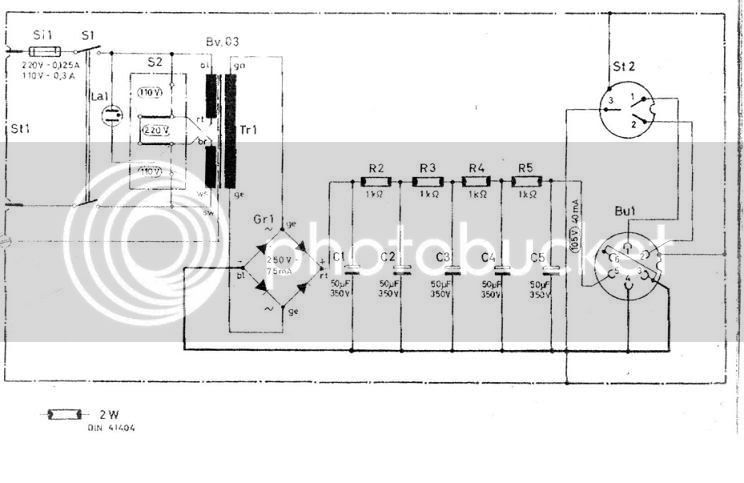soapfoot
Well-known member
Can we look at an example?

Looking at this U47 PSU schematic, what calculations would I need to do to determine the voltage on the secondary of the power transformer?

Looking at this U47 PSU schematic, what calculations would I need to do to determine the voltage on the secondary of the power transformer?














![Soldering Iron Kit, 120W LED Digital Advanced Solder Iron Soldering Gun kit, 110V Welding Tools, Smart Temperature Control [356℉-932℉], Extra 5pcs Tips, Auto Sleep, Temp Calibration, Orange](https://m.media-amazon.com/images/I/51sFKu9SdeL._SL500_.jpg)


















